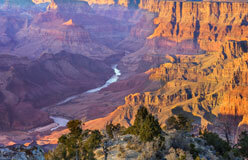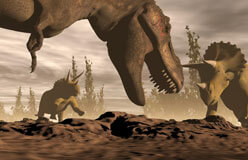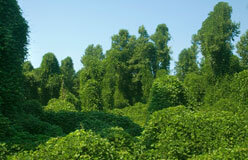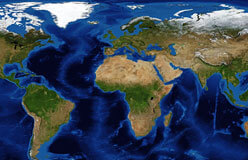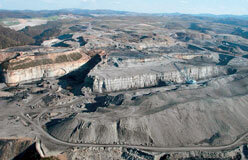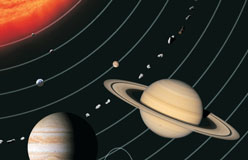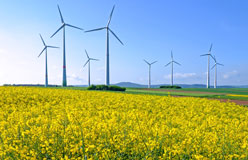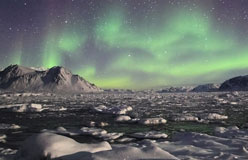Mount Everest in the Himalayas is the highest place on Earth, It’s top is 29,035 feet above sea level.
Yet the rocks and fossils way up there came from an ancient ocean floor. How did that happen?
Earth’s crust and upper mantle are broken up into seven large tectonic plates and many smaller ones. Right under the plates, the upper mantle is hot and moldable. This lets the plates slide around. Sometimes they pull away. Sometimes they slip past each other, and other times they collide.
These events cause earthquakes and volcanic eruptions. Earth’s crust may bend when plates collide. That’s how mountains like Everest form. Tectonic plate movements have a huge effect on Earth’s surface. In fact, nothing else affects it as much as they do.
